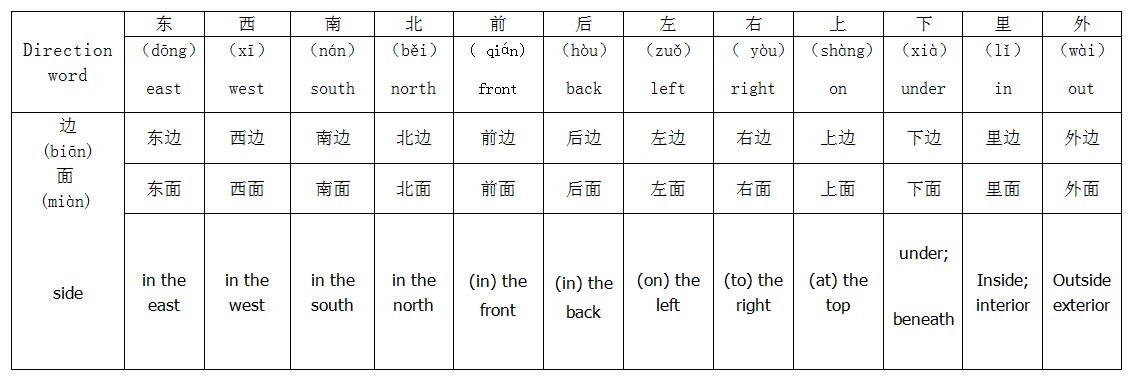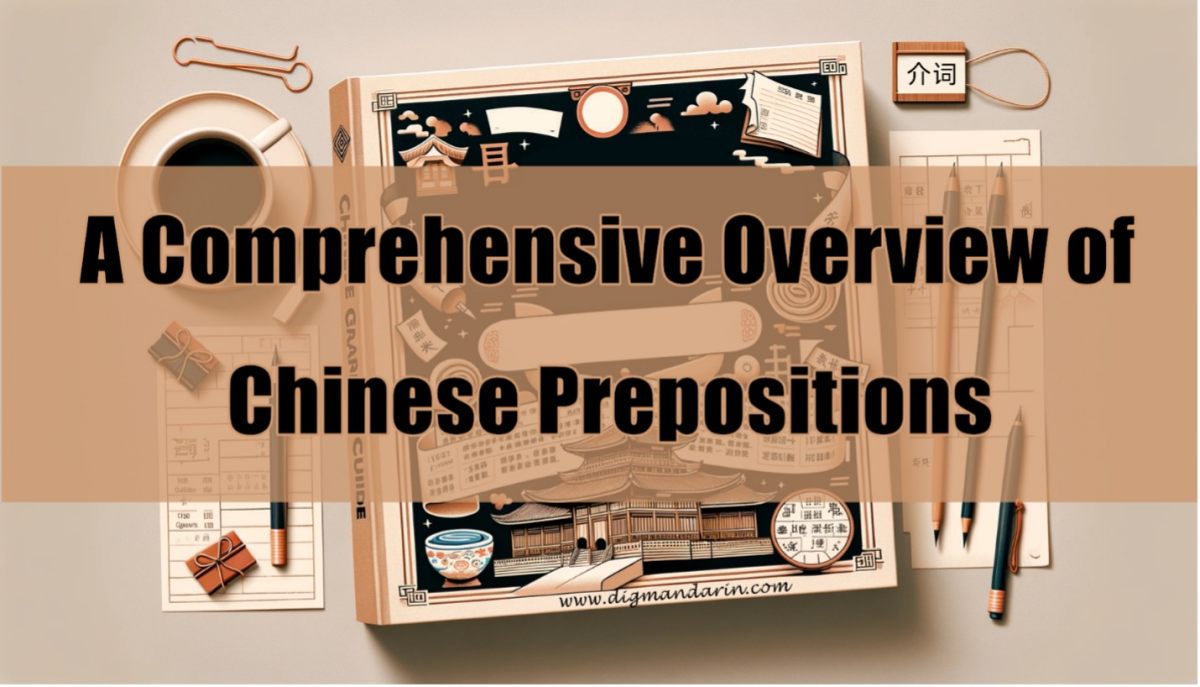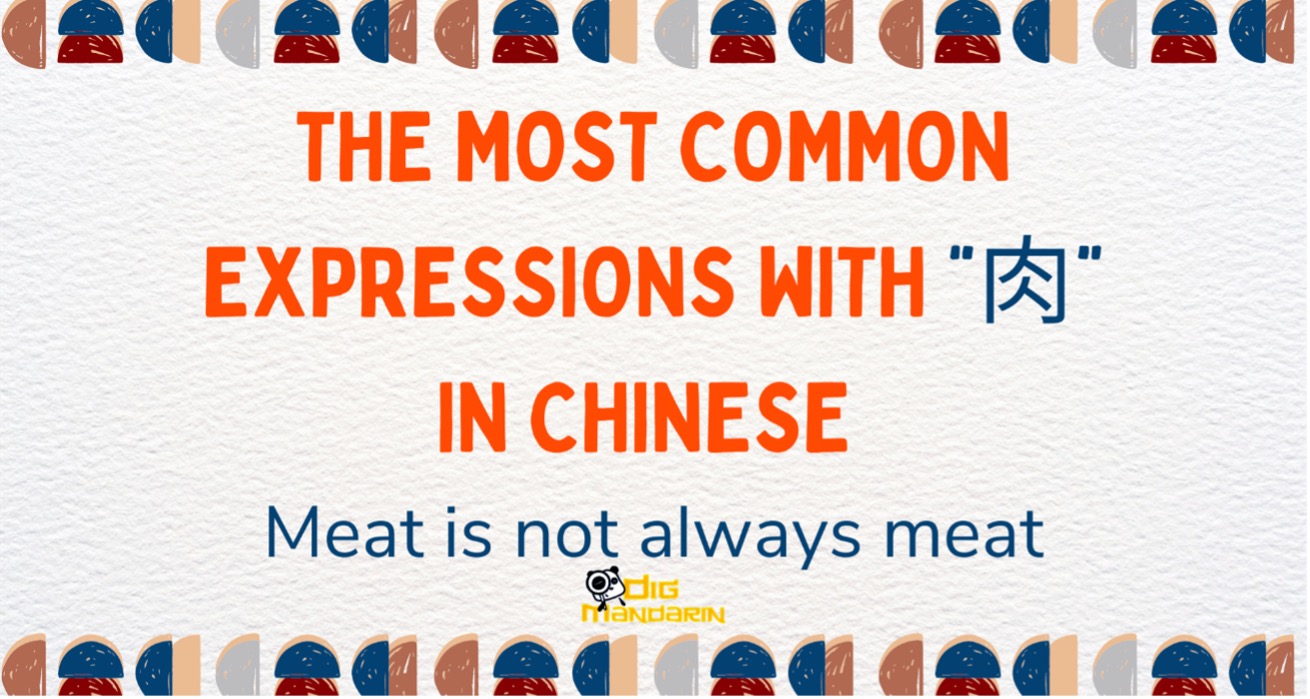The Usage of Chinese Location Words
Direction word such as 东/西/南/北/前/后 /左/右/上/下/里/外 are often used in conjunction with suffixes such as 边/面. Together they form a location word (place word). For example:
Direction word such as 东/西/南/北/前/后 /左/右/上/下/里/外, can take both 边/面. while 旁 takes only 边 , 对only takes 面, and 间 goes only with 中.
Like a noun, a location word may be used as the subject, object, attributive or the center-word, e.g.
银行在学校东边。 (Yínháng zài xuéxiào dōngbian. The bank in the east of the school.)
教室里边有很多学生。(Jiàoshì lǐbian yǒu hěnduō xuéshēng. There are many students in the classroom.)
1. When a location word is used as an attributive , a “的“ is added after it.
Location word + 的 + noun (here the 的 is mandatory).
- 后面的老师 Hòumian de lǎoshī the teachers behind (the teachers which is behind)
- 外边的车Wàibian de qìchē the car outside (i.e. The car which is outside)
- 对面的房间Duìmiàn de fángjiān the opposite room (The room which is opposite / across the way)
2. When a location word is used as the center-word, “的“ is mostly not added.
Noun (+ 的) + location word
- 老师(的)后边 Lǎoshī (de) hòubian behind the teacher
- 车(的)外边 Chē (de) wàibian outside the car
- 房间(的)对面 Fángjiān (de) duìmiàn opposite the room
Notes:
1. When 上边/面, 下边/面, 里边/面 ,外边/面and 旁边 are modified by other nouns, the character 边/面 can be omitted. But never 左,右 ,对,中 + suffix, the suffix can be omitted if 的 is omitted. For example:
- 桌子(的)上(边/面) = 桌子上 Zhuōzi shàng – on the table
- 门的后边 = 门后 Mén hòu – behind the door
- 饭馆的前边 = 饭馆前 Fàn guǎn qián – front of the restaurant
- 房间的里边 = 房间里 Fángjiān lǐ – in the room
- 床的下边 = 床下 Chuángxià – under the bed
- 沙发的旁边 = 沙发旁 Shāfā páng – next to the sofa
2. Geographical names (Country /Place) such as 中国,英国,北京,伦敦etc. never work with direction words 里/里面/里边,for example:
She works in Shanghai.
她在上海工作。Tā zài shànghǎi gōngzuò(√)
But 她在上海里面工作。(×)
There are many universities in UK.
英国有很多大学。Yīngguó yǒu hěnduō dàxué. (√)
But 英国里边有很多大学。(×)
3. English phrases such as “in her letter”, “in the dictionary”, and “in the book”, when translated into Chinese, more often than not, they become:
- In her letter = 她的信上 – Tā de xìn shàng
- In the dictionary = 字典上 – Zìdiǎn shàng
- In the book = 书上 – Shū shàng
There’re some apples on the tree. (树上有一些苹果。Shù shàng yǒu yīxiē píngguǒ.)
There’s a bird in the tree. (树上有一只鸟。Shù shàng yǒuyī zhǐ niǎo.)
Let’s do some exercises, try to translate these phrases into Chinese:
1. Across from the post-office
2. The car in the front
3. The book on the top
4. The picture below
5. The people inside
6. The bedroom in the middle
7. The chairs outside
8. Under the table
9. Behind the building







Thank you for contributing this article Rita – it is a valuable explanation and resource.
As a beginning Chinese teacher, I am additionally comparing the use of 边 with 部 for geographical locations in my lessons.